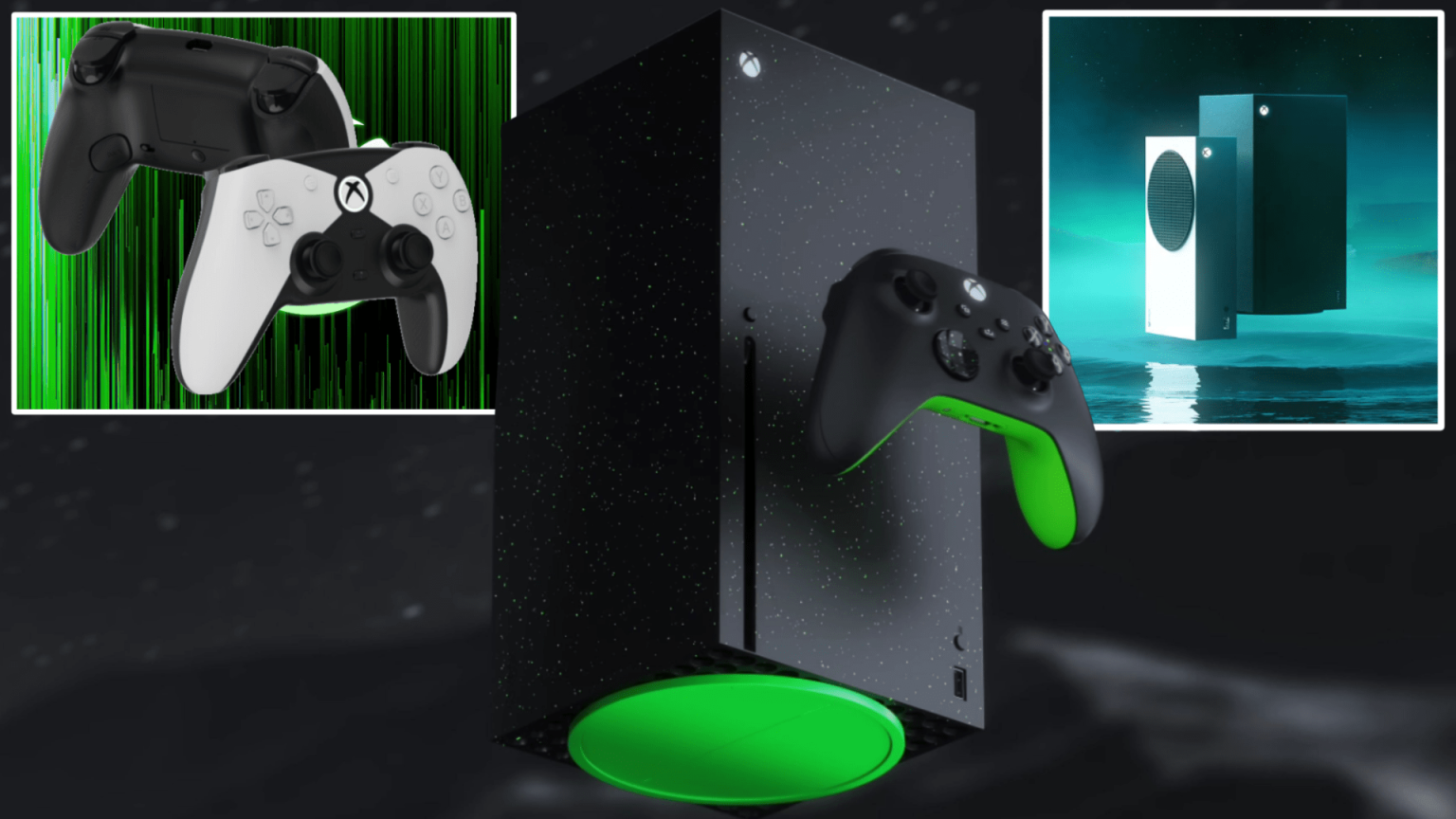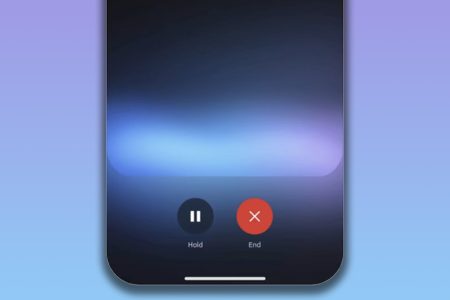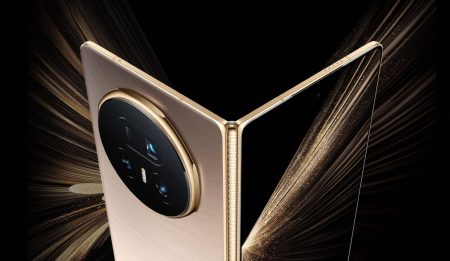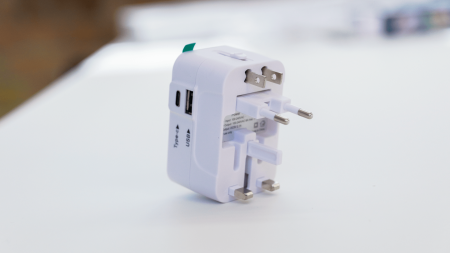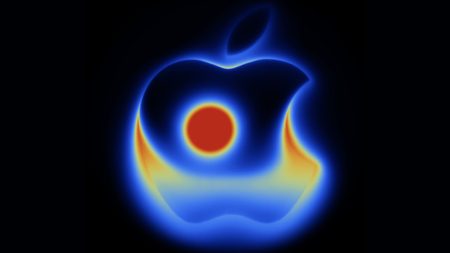The rumor mill has been churning with whispers of a new Xbox console, dubbed “Xbox Prime,” supposedly slated for a 2026 release coinciding with the annual Call of Duty launch. This has sparked considerable skepticism within the gaming community for several key reasons. First, a 2026 launch would represent a significantly shorter console generation lifecycle than historically observed for Xbox. The Xbox Series X|S debuted in 2020, meaning a six-year gap until the next generation would be a departure from the seven years between the Xbox One and Series X|S, and the eight years between the Xbox 360 and Xbox One. This accelerated timeframe seems even more unlikely considering Sony’s recent release of the PS5 Pro, typically indicating the mid-point of a console generation rather than its imminent end.
Furthermore, the “Xbox Prime” rumor clashes with Microsoft’s current strategic direction. Xbox has increasingly emphasized cloud gaming and app integration, prioritizing accessibility across various devices rather than focusing solely on dedicated hardware. Recent moves include enabling game streaming directly to Amazon Fire Sticks and announcing upcoming support for LG products. Xbox’s “This is an Xbox” campaign reinforces this multi-platform approach, highlighting the ability to play Xbox games on a range of devices beyond their consoles. This shift towards software and services makes the development of a new console in the near future seem incongruous with their overarching strategy.
Adding to the doubt is Xbox head Phil Spencer’s recent commentary on future hardware. While he hasn’t dismissed the possibility of a streaming-only Xbox device or a handheld console, he has indicated that such projects are several years away. This contradicts the rumored 2026 release date for the “Xbox Prime.” While leaks are common in the gaming industry, as evidenced by the Nintendo Switch 2 leaks, the “Xbox Prime” rumour stands out due to its lack of corroborating evidence and its conflict with established industry patterns and Xbox’s publicly stated direction.
The current gaming landscape suggests a longer lifespan for the current generation of consoles. The Nintendo Switch, released in 2017, exemplifies this trend, with its successor, the Switch 2, only now poised for launch in late 2023 – a six-year gap. This aligns more closely with historical console lifecycles and reinforces the unlikelihood of a new Xbox console arriving so soon. While the PS5 Pro’s recent release might hint at Sony’s potential future plans, it does not necessarily dictate a similar move from Microsoft, especially given their different strategic focus.
Moreover, the name “Xbox Prime” itself raises eyebrows. Microsoft already utilizes the “Prime” branding for its subscription service, Xbox Game Pass Ultimate, which includes perks like free games and online multiplayer access. Using the same moniker for a new console would create unnecessary confusion and potentially cannibalize the established brand recognition of their existing subscription service. This suggests that the “Xbox Prime” name might be a misinterpretation or a fabrication entirely.
In conclusion, while the gaming world thrives on rumors and speculation, the “Xbox Prime” conjecture appears to be unsubstantiated. The proposed timeline contradicts industry norms, clashes with Xbox’s current strategic focus on cloud gaming and multi-platform accessibility, and conflicts with statements made by Xbox leadership. While the possibility of new Xbox hardware in the future remains, a 2026 release for a console named “Xbox Prime” seems highly improbable based on current evidence. The gaming community should approach this rumor with a healthy dose of skepticism and await official announcements from Microsoft before accepting it as anything more than speculation.





